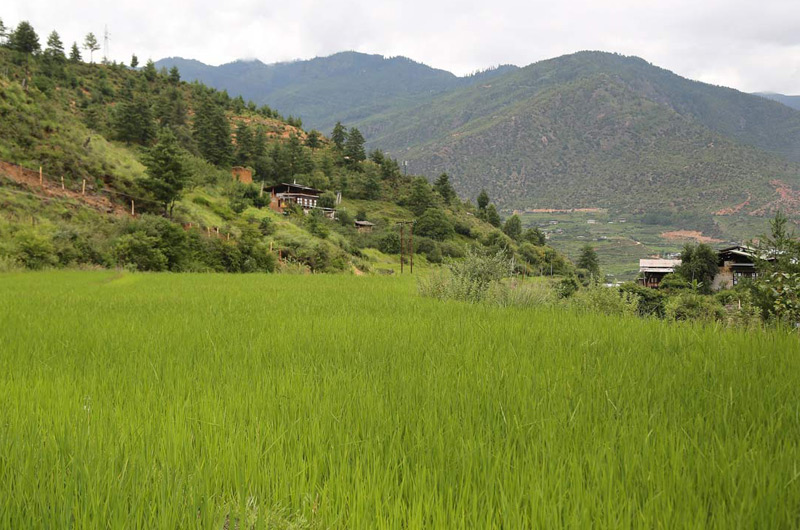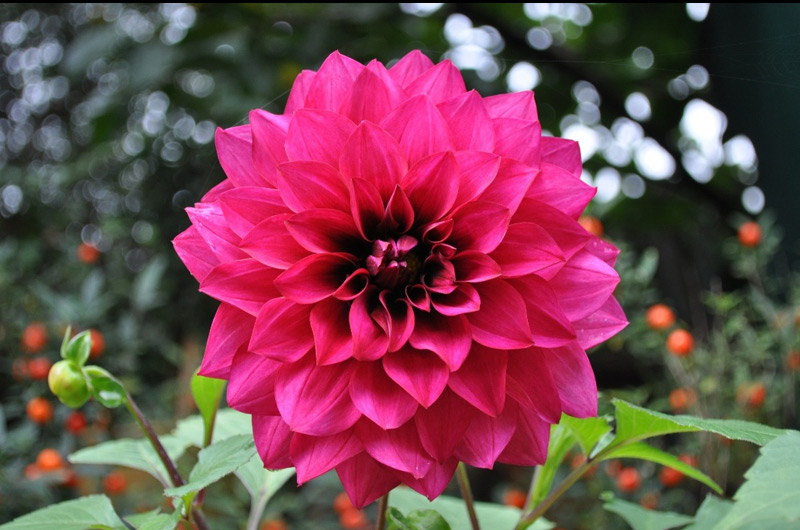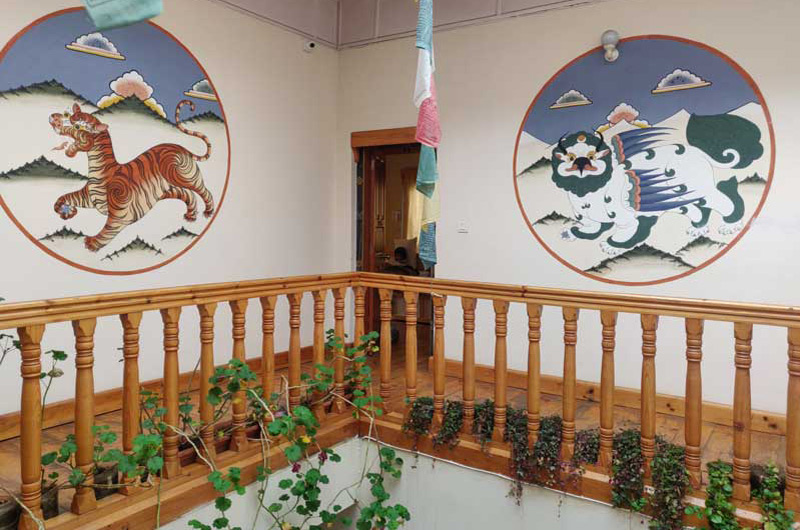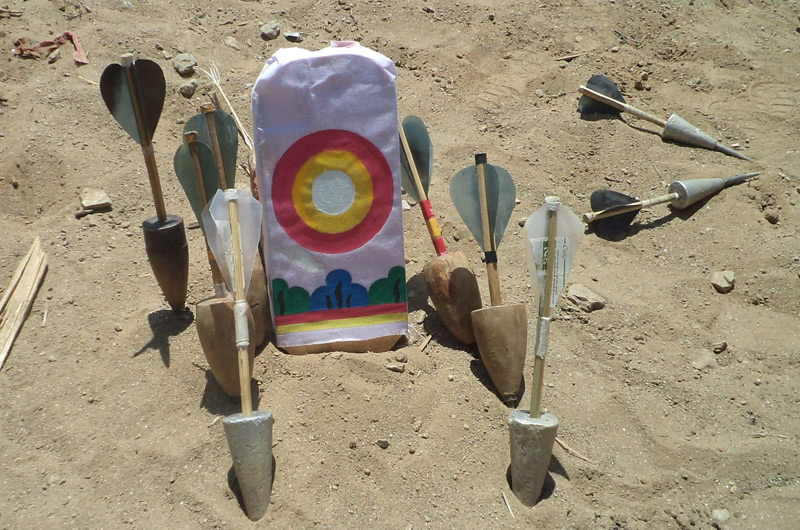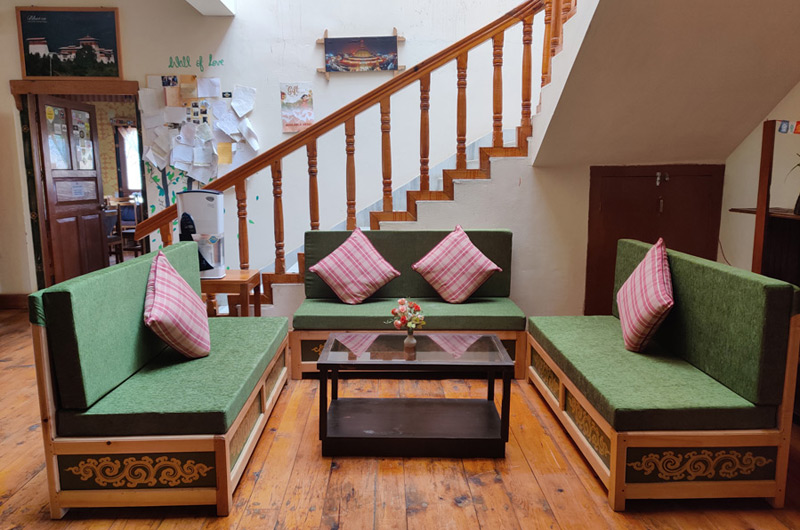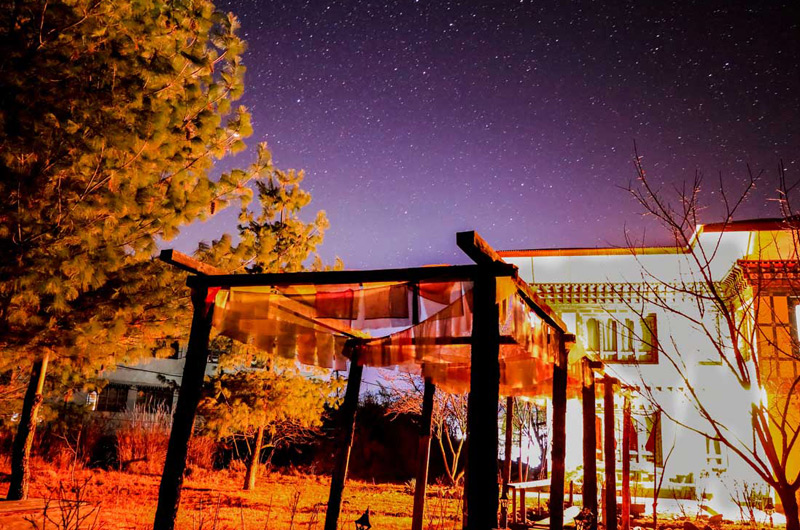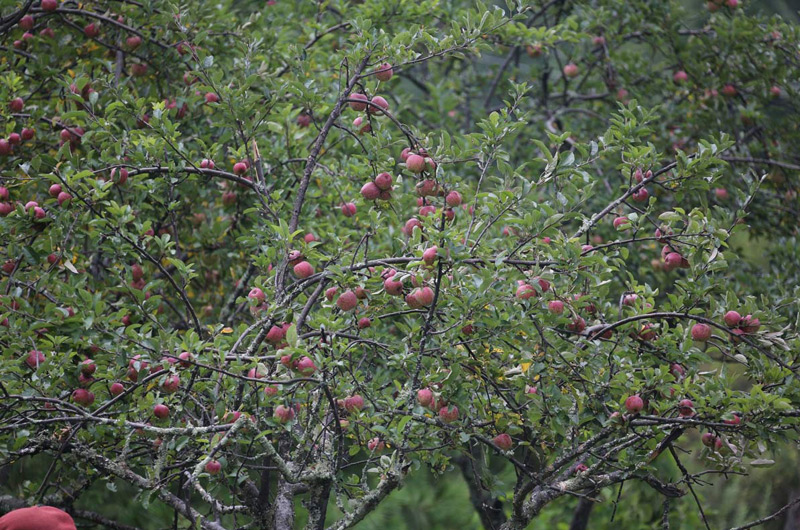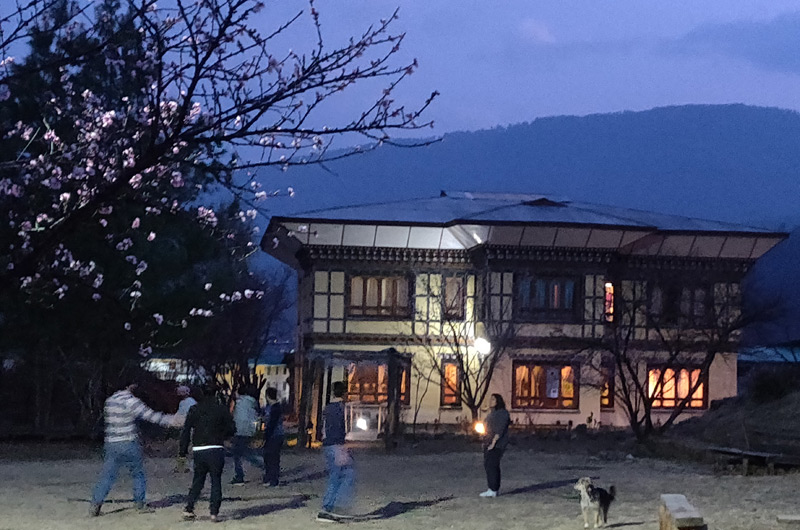Growing oyster mushroom
Step 1: Get Prepared
Step 1.1: Decide Which Oyster Mushroom Strains To Grow
Pearl Oyster Mushroom (Pleurotus ostreatus) – They grow best in colder temperatures.
Blue Oyster Mushroom (Pleurotus ostreatus var. columbinus – prefers growing in cooler temperatures of 12-18 C
Phoenix Oyster Mushroom (Pleurotus pulmonarius)
Golden Oyster Mushroom (Pleurotus citrinopileatus)
Pink Oyster Mushroom (Pleurotus djamor)
King Oyster Mushroom (Pleurotus eryngii) – prefers cooler temperatures between 12C-18C
Step 1.2: Decide Which Oyster Mushroom Substrate To Grow On
Substrates are the food source which enables the growth of mycelium. Mycelium is the root-like vegetative growth of the fungus and is critical to the cultivation of Oyster mushrooms in the same way an apple tree is to an apple.
The most widely used substrate for Oyster mushrooms is straw. However, sawdust, cardboard, coffee grounds and other byproducts of agriculture such as sugarcane bagasse and cotton waste can also be used. How do you decide which substrate to use? Choose whichever is the easiest for you to source!
Either way, choose a substrate material that you can easily source and use the instructions below to prepare it ready for inoculation. We will be using Straw as the substrate for growing oyster mushroom at Nirvana Lodge as this is readily available.
Step 1.3 Get your Supplies
Before you get stuck in to the growing, the last step is getting your supplies ready so you can get started.
You’ll need to get:
- Oyster mushroom spawn (at least 100g, but preferably 1kg or more)
- Your substrate material
- Either make or purchase growing bags
As for growing containers, ideally you’ll get hold of mushroom cultivation bags. They enable the perfect air exchange and keep out competitors. Size 8” x 5” x 19”, Holds up to 3.5 kg substrate
If you can’t source these growing bags, you can also grow mushrooms in ziploc bags with 0.5 mm holes poked in every 10 cm around the bag.
Step 2: Prepare Your Oyster Mushroom Substrate
Straw
Straw is the most commonly used substrate for Oyster mushroom cultivation. It is usually cheap, contains essential nutrients and Oyster mushrooms thrive on it.
Preparation of Straw Substrate
Pasteurization of straw by heating: The tried and true method.
- Cut straw into 3-4 inch lengths. A shredder may be used, or if not available, weed-whacking straw in a garbage can do the job.
- Pasteurize by soaking in hot water and heading 65-80 degree C for 1 – 2 hours
- Indoors: Straw in pillow case, nylon mesh laundry bag or similar, submerged in water
- Outdoors: Use a large metal drum, wire mesh basket and gas burner for pasteurizing a whole bale of straw.
- Drain straw well (a handful of straw squeezed should produce no more than a few drops of water)
- Inoculate with grain spawn on a clean smooth surface wiped down with sanitizing liquids
Step 3: Inoculation
Inoculation is the process of adding your mushroom spawn to your prepared substrate.
Before you start mixing, clean your hands well with soap and wipe down all surfaces you’re about to work on with a cleaning spray.
Make sure your substrate has the right moisture content. The pasteurization process will probably moisten your substrate to the correct level, but it’s essential to check that your substrate is not too dry or too wet.
Depending on the material, you are aiming for 74% (straw). The easiest way to check is with the squeeze test. Squeeze the substrate slightly in your hand. It should bind into a ball in your hand, and couple drops of water should come out. If more than this occurs, you’ll need to dry your substrate out a bit. If it doesn’t hold together in your hand, it is likely too dry, and you’ll need to add more water.
Next, mix the substrate and mushroom spawn in a container of some sort (large plastic box, barrel, whatever you have to hand) then load the substrate into your growing vessels and close the top with a rubber band, paperclip, tape or tie of some kind.
If you’re not using a filter patch bag, then make a few tiny holes every 10 cms around the bag for air exchange.
Step 4: Incubation
Incubation is where the magic begins!
It’s where the spawn that you introduced will grow and spread out across the substrate, in preparation for the final phase of fruiting.
Providing the conditions needed for incubation is simple, even at home.
You can use any warm (20-24C) space in your house, like a cupboard or boiler room. The area should ideally be dark to prevent early pinning, but it’s not essential.
The spawn will come to life in the warm, humid conditions of the bags and eat its’ way across the food you’ve given it.
Once the bag is completely white, it’s time to start fruiting.
Step 5: Fruiting
Now for the moment you’ve really been waiting for!
After all your efforts, it’s time to reap the reward and harvest some delicious Oyster mushrooms.
Mushrooms grow in the wild in response stress (like running out of food) or to changes in their environment .
You want to replicate this process in your home or garden.
Once the bag is fully colonised (i.e the mycelium is soon going to run out of food) it will now be keen to grow mushrooms in a bid for survival.
All you need to do is provide the optimal conditions for the mushrooms to develop:
Light
While direct sunlight is not a good idea, some indirect or shaded light is needed for the fruit bodies to form properly. They don’t gain energy from the light, so an indirect lighting source or shaded windowsill will be sufficient.
Fresh Air
In the wild Oyster mushrooms are used to growing out of a stump or log in fresh oxygen rich air. Providing a 5 cm slit or hole in your bag will signal to the mycelium that there is a space to grow out from.
Humidity
Spray with water twice a day to keep the substrate hydrated and the environment in which the mushrooms are developing humid. This will encourage the mushrooms to form and stop them from drying out as they develop.
Oysters like high humidity, around 85% or more. Get a cheap hygrometer to monitor the level in your fruiting area.
Temperature
This is specific to each strain, but generally (with the exception of King Oysters) most Oyster mushroom strains are not too fussy about what temperature they will grow at. They will form best in their ideal range as mentioned in the strains info above, but as long as it is in the range of 10-30C they should still fruit.
Within 7 days you should start seeing tiny mushroom pins forming out of the hole.
In the following 5-7 days you will witness a miracle of nature as these baby mushrooms double in size every day ( keep spraying twice a day to maintain the humidity as they grow).
Step 6: Harvest & Growing More Crops
Once the edge of the caps of the Oyster mushroom starts to flatten out or turn upwards, it’s time to harvest before they begin dropping lots of spores.
This can be difficult to judge the first time around, but you soon get a feel for it.
A couple of tips: if you see them stop g rowing any bigger, starting to dry out, or dropping lots of white ‘dust’ (spores) then it is time to harvest!
Harvesting just as the edge of the mushroom caps begin to flatten out
You can either twist them off with your hands or cut the cluster off with a knife.
Next, cook a fantastic mushroom meal.
Two days later, after you’ve devoured your leftovers, submerge the mushroom substrate in water overnight to rehydrate, then follow all the same instructions from Step 5: Fruiting.
Spray twice a day in the same hole you cut out earlier, and 1-2 weeks later you’ll have more mushrooms beginning to emerge.
You can repeat this for a smaller 3rd crop before the substrate starts to run out of available nutrients.
Then you can break up the substrate and add it to your compost or as a mulch/top layer dressing for the soil in your garden.

